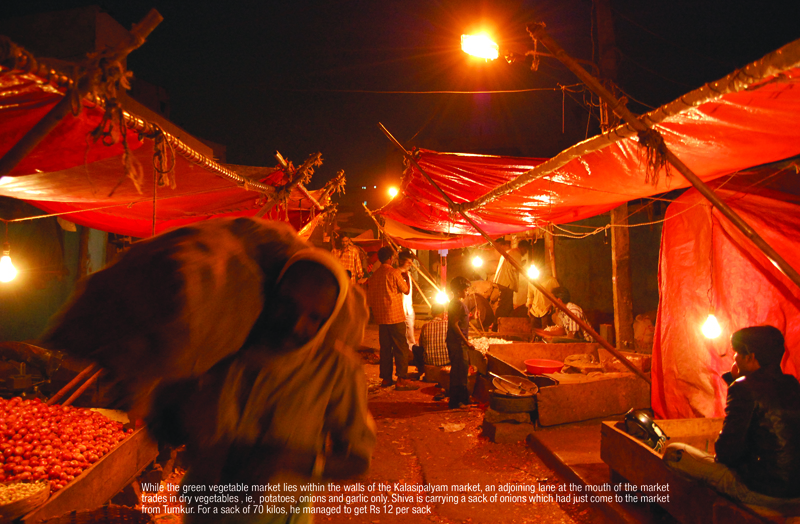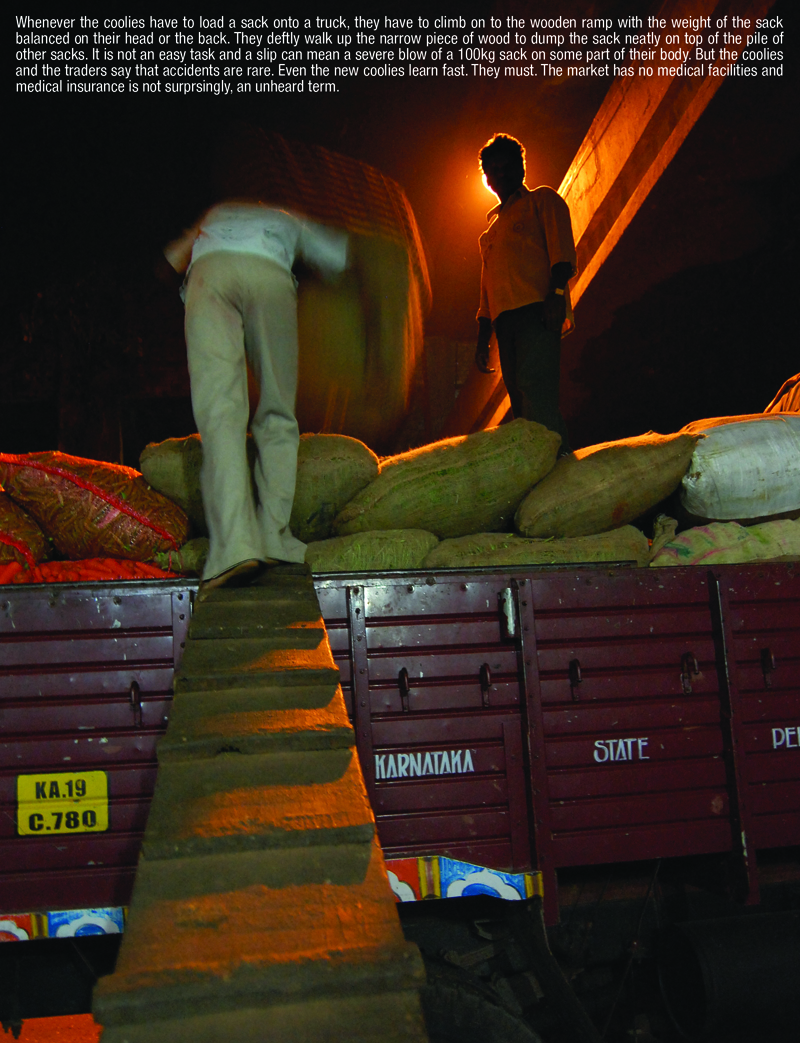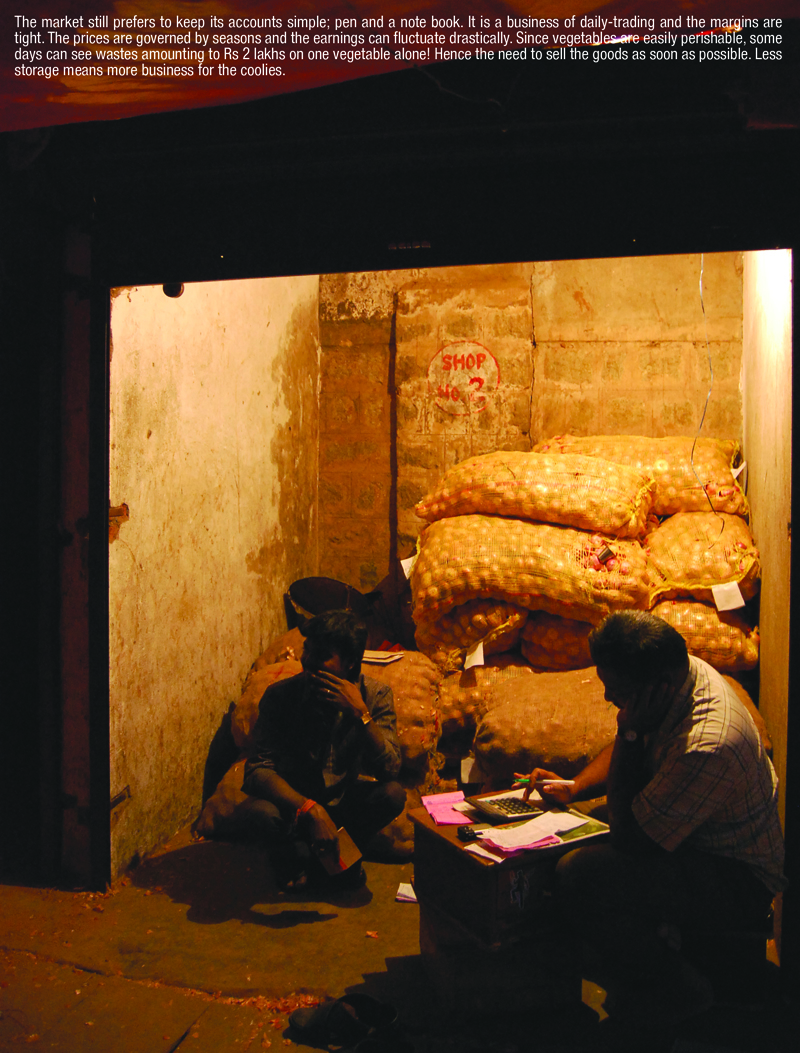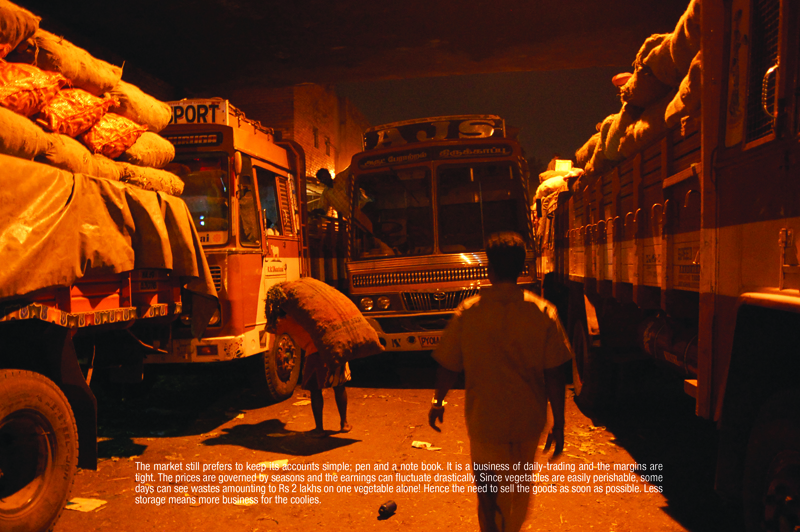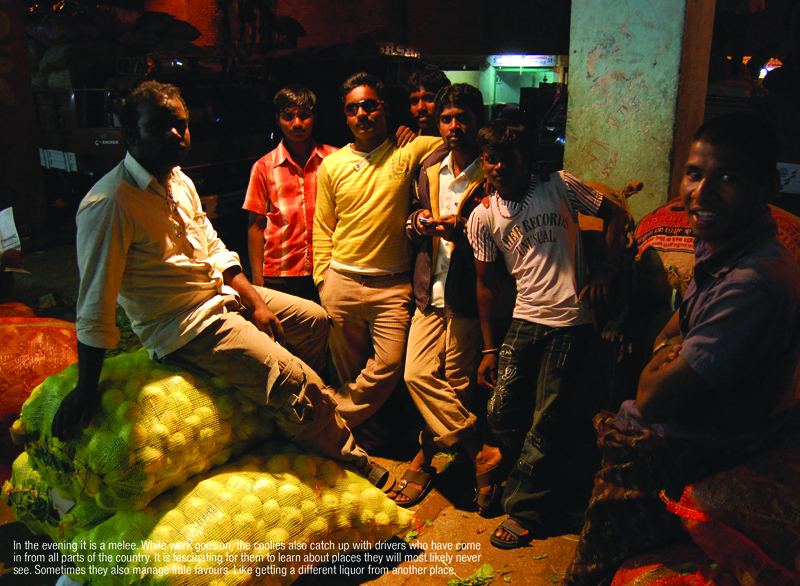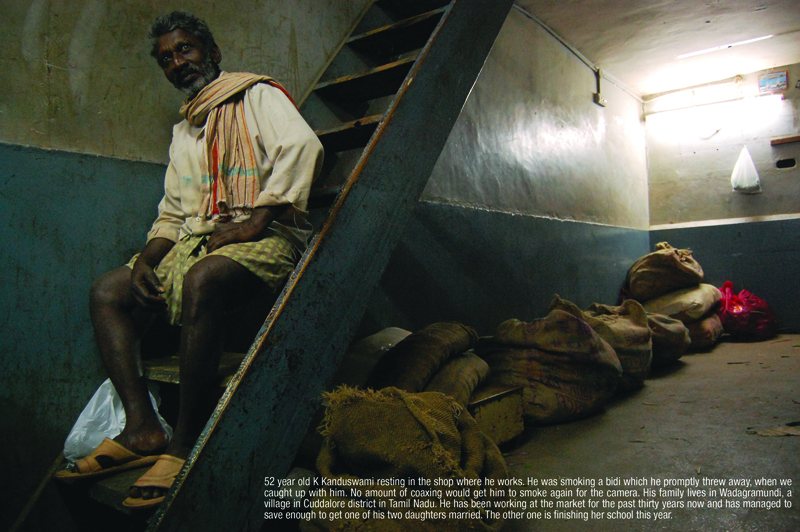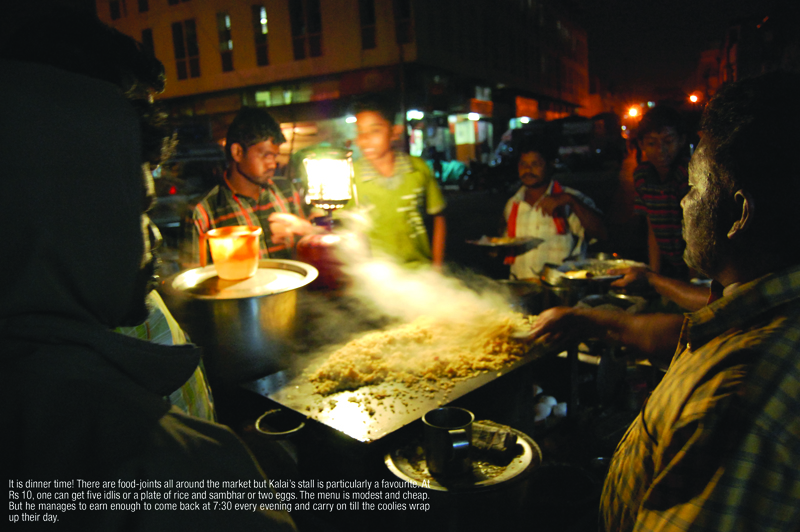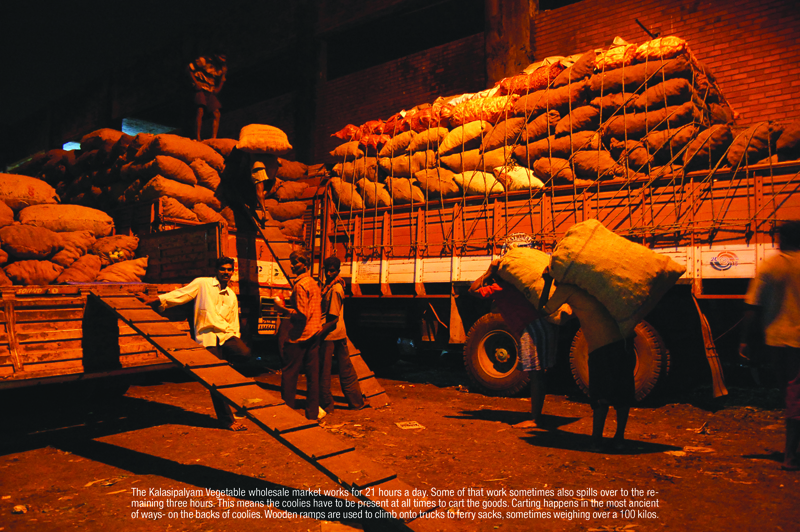Migrants are great fodder- for politicians, industries, cities, aspiring writers for their stories and of course history- for migration changes the demographic landscape and with that much else. If they happened in a sudden wave (remember partition), local and national politics changes that much more drastically. If it filters through porous borders over a long period of time, it can result in a simmering hatred and discontent (like in Assam) –something that every political party begins to capitalize on. While Modi wants to sift through the ‘persecuted’ Bangladeshi hindus and the ‘infiltrators’, the Aam Aadmi Party wants to provide for the persecuted Dilliwaala who is anyway never truly from Delhi. The raison d’etre for the Shiv Sena in Maharashtra has been the outsider- the ‘Madrasi’ mill worker, clerk and restaurant owner in the 60’s and 70’s which was later replaced by the ‘Bhaiyas’ from UP and Bihar- all out to grab the jobs from the ‘Marathi Manoos’.
While elections can be a time for much rabble-rousing on the issue, it can also be a time for new citizens. The Bihari labourer who is fresh off the Lichchavi express can easily get his voting card issued from his new address in Delhi- however temporary the roof on his head might be. The party he swears his allegiance to will make sure that he casts his vote. While migration trends have been changing, a large part of migrants to our rising towns and cities still are the uneducated landless, the rickshaw-pullers, the mason, the labourer, the coolie and the skilled tailor and artisan. In this photo-essay we look at a section of this floating republic.
Bangalore requires close to 2000 tonnes of vegetables every day. Almost all of it piggy-backs at least once on the shoulders of the 800 or so coolies at the Kalasipalyam vegetable wholesale market. Their day begins at 4 in the morning when the first lot of trucks come into the city loaded with vegetables from all over the country. Sacks weighing anywhere between 20-100 kgs are unloaded and moved to trading offices and storehouses. Retailers start coming in almost immediately. After the retailers have haggled down the price it is time once again for the coolies to ferry the sold goods to the particular truck. For a distance, which can be anywhere between 50-100 metres, they are paid Rs 10-12 per sack.
Their day continues, monotonous and hugely tiring- truck to shop, shop to truck. Every two months this pattern is broken when they go home. Home for most of these men are in villages in Karnataka or Tamil Nadu.
Their work doesn’t end with the city being fed; it continues late into the night. Trucks are loaded with vegetables for Mangalore, Chennai, Mumbai, Hyderabad and several other cities. There are some coolies who choose to retire early while others continue to ferry the market till 1 in the night.
The pictures that follow have been taken on one such night.
Avtaar is a visual artist. Passionate about dancing, interacting with people and keenly observing their’s as well as his own quirks- photography and storytelling come naturally to him, thankfully since the world wouldn’t have exactly rewarded him for his obtuse mathematical and analytical skills. He is based in Delhi and currently works as a compromised filmmaker.
